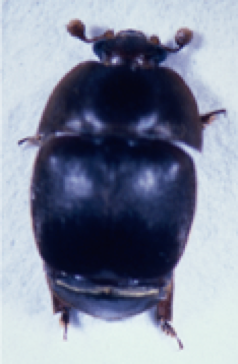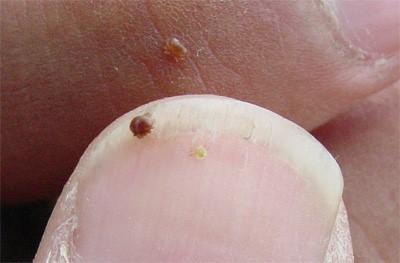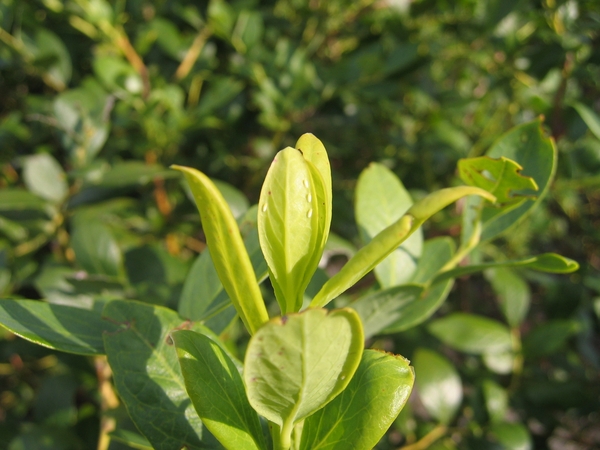
Coming Regulatory Changes in Drone Pesticide Application
Interest in the use of unmanned aerial vehicles (UAVs), or drones as they are more commonly known, for pesticide …



El inglés es el idioma de control de esta página. En la medida en que haya algún conflicto entre la traducción al inglés y la traducción, el inglés prevalece.
Al hacer clic en el enlace de traducción se activa un servicio de traducción gratuito para convertir la página al español. Al igual que con cualquier traducción por Internet, la conversión no es sensible al contexto y puede que no traduzca el texto en su significado original. NC State Extension no garantiza la exactitud del texto traducido. Por favor, tenga en cuenta que algunas aplicaciones y/o servicios pueden no funcionar como se espera cuando se traducen.
Inglês é o idioma de controle desta página. Na medida que haja algum conflito entre o texto original em Inglês e a tradução, o Inglês prevalece.
Ao clicar no link de tradução, um serviço gratuito de tradução será ativado para converter a página para o Português. Como em qualquer tradução pela internet, a conversão não é sensivel ao contexto e pode não ocorrer a tradução para o significado orginal. O serviço de Extensão da Carolina do Norte (NC State Extension) não garante a exatidão do texto traduzido. Por favor, observe que algumas funções ou serviços podem não funcionar como esperado após a tradução.
English is the controlling language of this page. To the extent there is any conflict between the English text and the translation, English controls.
Clicking on the translation link activates a free translation service to convert the page to Spanish. As with any Internet translation, the conversion is not context-sensitive and may not translate the text to its original meaning. NC State Extension does not guarantee the accuracy of the translated text. Please note that some applications and/or services may not function as expected when translated.
Collapse ▲
Interest in the use of unmanned aerial vehicles (UAVs), or drones as they are more commonly known, for pesticide …

In case you haven’t heard, 2024 marks the emergence of the 13-year periodical cicadas (Magicicada spp.). The 13-year cicadas are known as Brood …

Every year, from mid-March through mid-April, I get calls from folks worried about all the bees hovering over their …

We’ve finally analyzed our 2023 samples and results, and we’re excited to share them! In total the Plant Disease and …

I received an alert that rust is showing up on ornamental trees so scouting now will be important. Species …

Since October of 2023, I have had multiple reports of dieback issues occurring in (C. florida) varieties. I sent …

Due to to changes in University policy, we will no longer be able to accept cash payments for our …

To get a pesticide license there are a few steps to take, but it’s all pretty straightforward. Below is …

If you’ve been listening to the news lately, I’m sure you’re aware this is a special year for our …

This is the largest commercial vegetable grower event in the region with a high quality educational program put together …

It may be somewhat slower for nursery production in the winter months, but rest assured that cool season weeds …

Click on the flowchart below to help you determine if you need a pesticide license or certificate. Also, there are …

The NC State Plant Disease and Insect Clinic will be closed Thursday and Friday, November 23-24, 2023 for the …

Phytophthora is typically associated with root and crown rots which are, more often than not, fatal to ornamental trees …

As if we needed another large wasp to strike fear in residents of the US, the state of Georgia …

In late 2008, I planted a demonstration pollinator garden at Chatham Mills to provide forage from early spring to …

Construction of the Integrative Sciences Building will result in a multi-year closure of a portion of Stinson Dr. As …

The NC State Plant Disease and Insect Clinic is happy to announce the arrival of our newest lab member, …

This factsheet describes the small hive beetle, its life cycle and how to prevent infestations …


It is the goal of every beekeeper to maintain healthy, productive colonies. This can only …

This manual prepares pesticide applicators for Forest Pest Control Certification exams in the following states: …
To apply restricted-use pesticides to agricultural commodities, you must be certified or be supervised by …

This factsheet offers information on the biology and management of the emerald ash borer, an …

Black root rot impacts a range of woody and herbaceous ornamental plant species primarily in …

Whiteflies (Hemiptera: Aleyrodidae) are small (< 0.12 inch) and highly diverse insects that feed on …